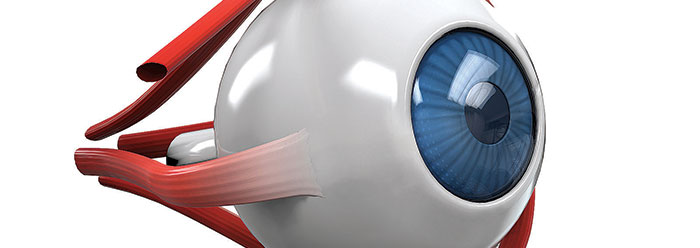It seems that the clearer the evidence is for creation, the more creative and crazy the stories rejecting it become. Specific examples of structures that God optimized—those He perfected—for their roles often highlight evidence in favor of creation. Optimizations permeate creation from the tiny to the tremendous.
The Lord Jesus optimized the sizes and shapes of molecules when He commanded them to materialize at creation. Antifreeze proteins in certain fish illustrate this by positioning one oxygen atom every 16.1Å.1 Ice exposes an oxygen atom every 16.6Å. Like a molecular zipper, antifreeze proteins hydrogen-bond with the leading edge of a growing ice crystal at these oxygen junctures to resist ice formation in fish tissues.2
Another biomolecule, DNA, manifests the optimum characteristics for recording and preserving the most information in the smallest space while keeping that information accessible with a double spiral structure that unwinds, separates, rejoins, and winds back at high speeds.
Other bacteria collaborate with legume (e.g., bean) root tissues to manufacture the nitrogenase complex. This molecular machine suspends a tiny cage with an electronic charge optimized to temporarily trap a single nitrogen molecule.3 Nitrogenase thereby converts nitrogen gas into a form that plant tissues can use and animals can thus consume. Similarly, hemoglobin’s electron distribution is optimized to temporarily hold an oxygen molecule for delivery to body tissues.
Even miniscule organisms exhibit maximized efficiency. As one researcher found when investigating a tiny roundworm’s nervous system, its 302 neurons are optimized for minimum connection length. They present the very best of 40 million calculated, alternative layouts.4
In testing model tube strengths, scientists working in Ireland discovered optimization in certain animals’ tube-like skeletal structures. They wrote that a locust tibia (lower leg bone) “is close to optimal for resisting bending forces, and it appears to have adjusted its detailed shape to improve resistance to ovalization during bending,” which occurs when locusts jump.5 Of course, the suggestion that the locust somehow adjusted its own leg’s shape shows creativity but breaks with observation and logic. Earlier research also found that vertebrate bone thicknesses and shapes are optimized for weight-saving strength.6
Biological optimizations even address time-saving. After discovering a flower, a bee’s return flight to that specific flower from the hive follows the optimum route—the shortest distance.
And what did scientists recently find in vertebrate eyes? They “may sample the visual scene with high precision, perhaps in a manner that approaches the optimum for high-resolution vision.”7 A related New York Times article told the typical creative-yet-crazy story of eyeball origins: “Key features of the natural world have been honed by evolution to the highest possible peaks of performance.”8 But this ignores the fact that features key to life could not have been honed unless life already existed, and life’s key features could not exist unless they had already been honed. Creation solves this naturalistic paradox.
More examples await study. Plants make the optimum animal food. Microbes maintain optimum levels of atmospheric gases. The universe is even optimized for investigating stars from Earth!9 Optimizations paint a clear picture of intentional design.
References
- One angstrom (Å) equals one four-hundred-thousandth of an inch.
- Chou, K. C. 1992. Energy-optimized Structure of Antifreeze Protein and Its Binding Mechanism. Journal of Molecular Biology. 223 (2): 509-517. Note that “energy-optimized” refers to the protein’s lowest energy state, not its optimization to a role. Nevertheless, the oxygen spacing in antifreeze protein optimizes its fit to ice.
- Covalent-bonding a nitrogen molecule to nitrogenase would halt further critical chemistry. See Stryer, L.1995. Biochemistry. New York: Freeman and Co., 715-716.
- Cherniak, C. 1994. Component placement optimization in the brain. Journal of Neuroscience. 14 (4): 2418-2427.
- D. Taylor and J. H. Dirks. 2012. Shape optimization in exoskeletons and endoskeletons: a biomechanics analysis. Journal of the Royal Society Interface. 9 (77): 3480-3489.
- Currey, J. D. and R. M. Alexander. 1985. The thickness of the walls of tubular bones. Journal of Zoology. 206 (4): 453-468.
- How the retina works: Like a multi-layered jigsaw puzzle of receptive fields. Salk Institute for Biological Studies press release, April 7, 2009.
- Angier, N. Seeing the Natural World With a Physicist’s Lens. New York Times. Posted on nytimes.com November 1, 2010, accessed November 18, 2010.
- Gonzalez, G. and J. W. Richards. 2004. The Privileged Planet: How Our Place in the Cosmos Is Designed for Discovery. Washington, DC: Regnery.
* Mr. Thomas is Science Writer at the Institute for Creation Research.






















